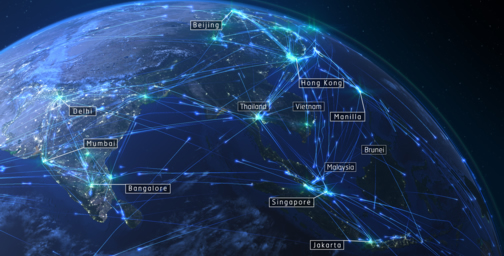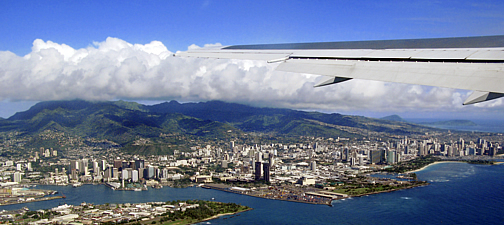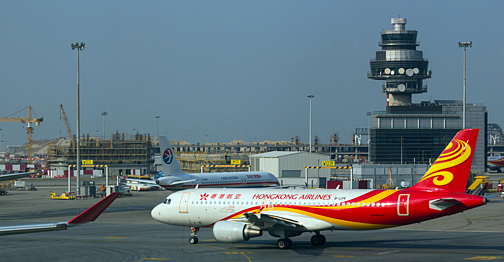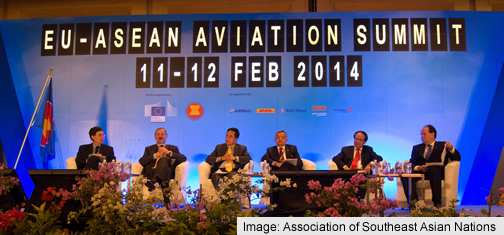Asia Pacific 24
27 April 2015NATS was recently awarded a contract to work with the Civil Aviation Authority of Singapore (CAAS) on air traffic management, specifically looking at airport expansion plans, high intensity operations and third runway activity.
So we thought it a good and timely opportunity to share a data visualisation we made for the Asia Pacific region, offering some insight into just how busy the skies of the region are on any given day.
Using ADS-B data from FlightRadar24, you can clearly see the high volume of traffic arriving into and departing from key hubs, such as Singapore, Hong Kong, Jakarta and Kuala Lumpur. The volume of Indian traffic is also interesting, especially given the airport capacity projects NATS has already delivered in Delhi and Mumbai, and is currently delivering in Bangalore.
These are certainly exciting times for aviation in Singapore and also the Asia Pacific region as a whole.
In Asia Pacific, aviation and air-based tourism accounts for over 24 million jobs and $500 billion in regional economic activity. Air travel in the region continues to grow exponentially and the airports need to grow to accommodate this.
Most Asian hubs are already operating above their planned capacity and IATA (International Air Transport Association) has estimated that passenger traffic in the Asia Pacific will grow by 5.7% a year between 2013-2017, compared to estimates of 3.9% in Europe and 3.6% in North America.
IATA also estimates that that half of the world’s traffic growth over the next 20 years will be to, from, or within the Asia Pacific region, making up an expected two-thirds of growth in the global aviation sector.
So how does it all fit together? Well, one way is with the Association of Southeast Asian Nations (ASEAN) – a political and economic organisation of ten Southeast Asian countries.
ASEAN is on course to create a unified ASEAN Single Aviation Market (ASAM) this year, which is expected to fully liberalise air travel between member states in the ASEAN region, allowing ASEAN countries and airlines operating in the region to directly benefit from the growth in air travel around the world, and also freeing up tourism, trade, investment, and service flows between member states.
Here are some country specific facts and figures that help showcase the aviation situation in specific Asia Pacific countries:
- Singapore has the most air links with ASEAN capital cities within the regional group and air traffic in Singapore is projected to grow even more, expanding by 5% a year until the end of the decade
- Hong Kong has witnessed spectacular growth in air traffic demand. The two existing runways will reach full capacity in 2017
- In view of the ASEAN Single-Aviation Market that will be happening in 2015, Indonesia’s government has urged airports in Indonesia to improve its capacity and quality
And finally, did you know:
- The aviation industry in the Asia Pacific region is growing at a record-breaking pace, currently accounting for one-third of global air traffic
- Asia Pacific airlines now account for 31% of global air passenger traffic, the International Air Transport Association (IATA) estimates. Within 20 years, the figure could reach 42%
- Asia Pacific is the only region in the world with as many aircraft on order as in service
Comments
Please respect our commenting policy and guidelines when posting on this website.












11.07.2015
09:37
Teddy
Where is TAIWAN!!!!!!!?????